- About Us
-
-
- About UsWe are the regional leaders in cybersecurity. We are masters in our tradecraft. We are dynamic, talented, customer-centric, laser-focused and our mission is to defend and protect our customers from cyber adversaries through advisory, consulting, engineering, and operational services.
-
-
- Solutions
-
-
- SolutionsThe cybersecurity industry is fragmented. We have carefully curated an interoperable suite of cybersecurity products and solutions that focus on improving your security compliance and risk maturity that add real business value, effectiveness, and ROI. Combined with our professional services and security engineering expertise we design, architect, implement and operate complex environments and protect your digital space.
-
- Industry
-
-
- IndustryCyber adversaries and threat actors have no boundaries. No industry is immune to cyber-attacks. Each industry has unique attributes and requirements. At DTS we have served all industry verticals since inception and have built specialization in each segment; to ensure our customers can operate with a high degree of confidence and assurance giving them a competitive advantage.
-
- Services
-
-
- ServicesOur cybersecurity services are unmatched in the region. With our unique customer-centric approach and methodology of SSORR we provide end-to-end strategic and tactical services in cybersecurity. We on-ramp, develop, nurture, build, enhance, operationalize, inject confidence, and empower our customers.
-
-
- Vendors
- Products
- Resources
- Press Center
- Tweets
- Support
- Contact
-
Cyber Response
Ideally, incident response activities are conducted by the organization’s computer security incident response team (CSIRT), a group that has been previously selected to include information security and general IT staff as well as C-suite level members. The team may also include representatives from the legal, human resources and public relations departments. The CSIRT response should comply with the organization’s incident response plan (IRP), a set of written instructions that outline the organization’s response to a cyberattack.
Incident response is an organized approach to addressing and managing the aftermath of a security breach or cyberattack, also known as an IT incident, computer incident, or security incident. The goal is to handle the situation in a way that limits damage and reduces recovery time and costs.
Cyber Security Response

Cyber Security Response

Importance of Incident Response
DTS Solution – Cyber Response
- IR Program Development
- IR Governance and Framework
- IR Policies, Processes and Procedures
- IR Data Collection and Playbooks
- IR Tactics, Techniques and Procedures
- IR Digital Playbooks
- Security Orchestration and Automation Response (SOAR)
- MITRE ATT&CK Matrix Response
- Threat Hunting
- Post-Compromise Breach Assessment
- Malware Hunting as a Service
- Network Forensics
- Endpoint Forensics
- Mobile Forensics
- Digital Triage Forensics
Importance of Incident Response
DTS Solution – Cyber Response
- IR Program Development
- IR Governance and Framework
- IR Policies, Processes and Procedures
- IR Data Collection and Playbooks
- IR Tactics, Techniques and Procedures
- IR Digital Playbooks
- Security Orchestration and Automation Response (SOAR)
- MITRE ATT&CK Matrix Response
- Threat Hunting
- Post-Compromise Breach Assessment
- Malware Hunting as a Service
- Network Forensics
- Endpoint Forensics
- Mobile Forensics
- Digital Triage Forensics
Incident Response plan
- Preparation: Preparing users and IT / security staff to handle potential incidents should they should arise
- Identification: Determining whether an event is, indeed, a security incident
- Containment: Limiting the damage of the incident and isolating affected systems to prevent further damage
- Eradication: Finding the root cause of the incident, removing affected systems from the production environment
- Recovery: Permitting affected systems back into the production environment, ensuring no threat remains
- Lessons learned: Completing incident documentation, performing analysis to learn from the incident and potentially improve future response efforts
Incident Response Plan
- Preparation: Preparing users and IT / security staff to handle potential incidents should they should arise
- Identification: Determining whether an event is, indeed, a security incident
- Containment: Limiting the damage of the incident and isolating affected systems to prevent further damage
- Eradication: Finding the root cause of the incident, removing affected systems from the production environment
- Recovery: Permitting affected systems back into the production environment, ensuring no threat remains
- Lessons learned: Completing incident documentation, performing analysis to learn from the incident and potentially improve future response efforts
Solutions
Network and Infrastructure Security
Zero Trust and Private Access
Endpoint and Server Protection
Vulnerability and Patch Management
Data Protection
Application Security
Secure Software and DevSecOps
Cloud Security
Identity Access Governance
Governance, Risk and Compliance
Security Intelligence Operations
Incident Response
Accreditations


Accreditations


Dubai
Office 7, Floor 14
Makeen Tower, Al Mawkib St.
Al Zahiya Area
Abu Dhabi, UAE
Mezzanine Floor, Tower 3
Mohammad Thunayyan Al-Ghanem Street, Jibla
Kuwait City, Kuwait
160 Kemp House, City Road
London, EC1V 2NX
United Kingdom
Company Number: 10276574
Riyadh
Office 109, Aban Center
King Abdulaziz Road
Al Ghadir
Riyadh, Saudi Arabia
The website is our proprietary property and all source code, databases, functionality, software, website designs, audio, video, text, photographs, icons and graphics on the website (collectively, the “Content”) are owned or controlled by us or licensed to us, and are protected by copyright laws and various other intellectual property rights. The content and graphics may not be copied, in part or full, without the express permission of DTS Solution LLC (owner) who reserves all rights.
DTS Solution, DTS-Solution.com, the DTS Solution logo, HAWKEYE, FYNSEC, FRONTAL, HAWKEYE CSOC WIKI and Firewall Policy Builder are registered trademarks of DTS Solution, LLC.